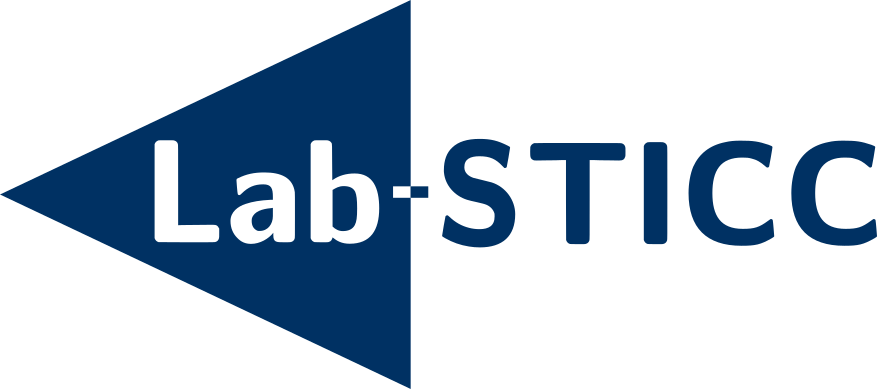A posteriori learning of quasi-geostrophic turbulence parametrization: an experiment on integration steps
Abstract
Modeling the subgrid-scale dynamics of reduced models is a long standing open problem that finds application in ocean, atmosphere and climate predictions where direct numerical simulation (DNS) is impossible. While neural networks (NNs) have already been applied to a range of three-dimensional problems with success, the backward energy transfer of two-dimensional flows still remains a stability issue for trained models. We show that learning a model jointly with the dynamical solver and a meaningful $\textit{a posteriori}$-based loss function lead to stable and realistic simulations when applied to quasi-geostrophic turbulence.
Domains
Ocean, Atmosphere
Origin : Files produced by the author(s)

